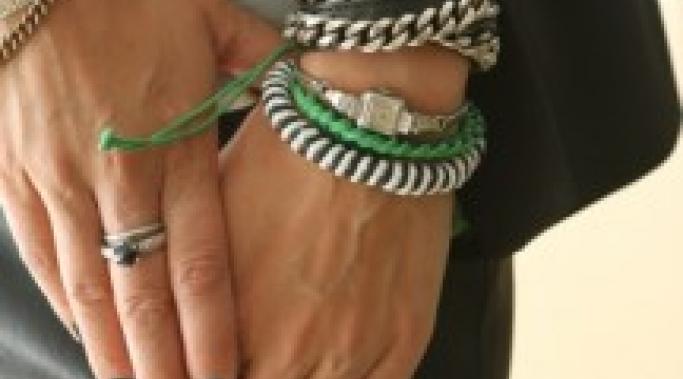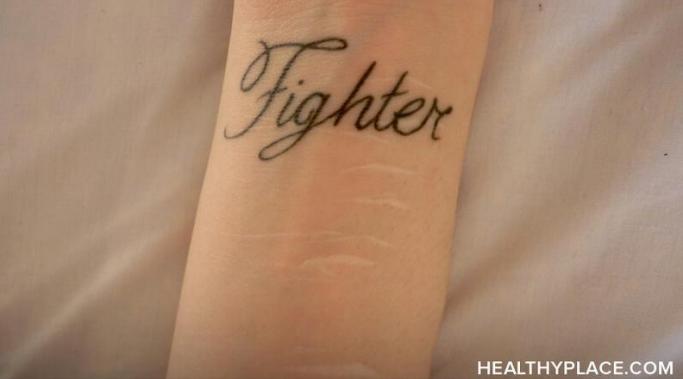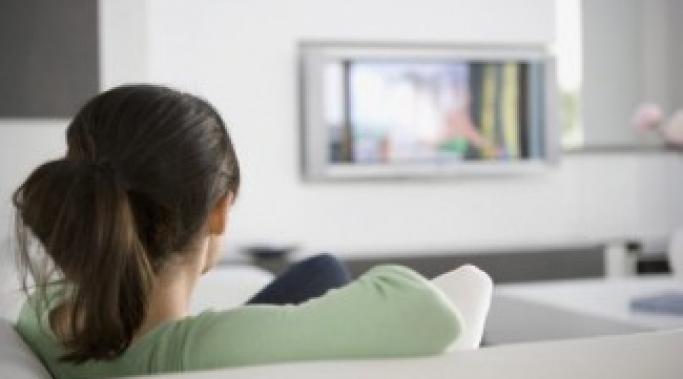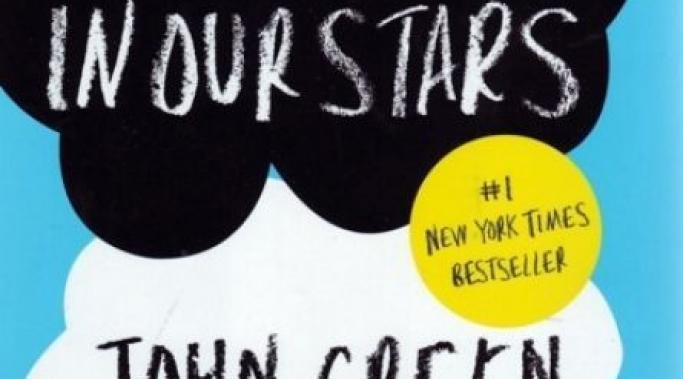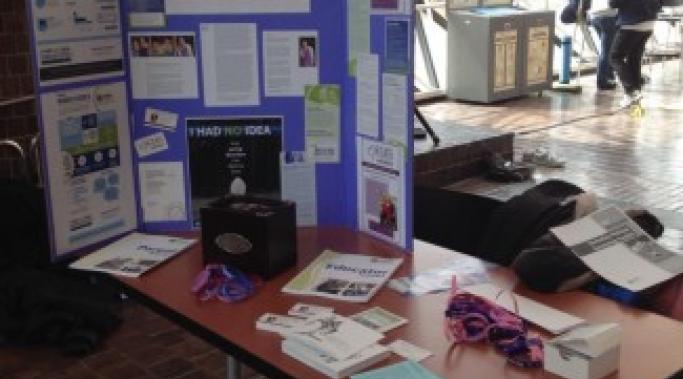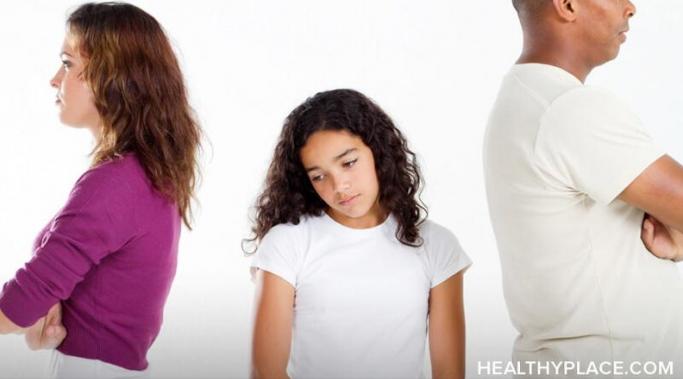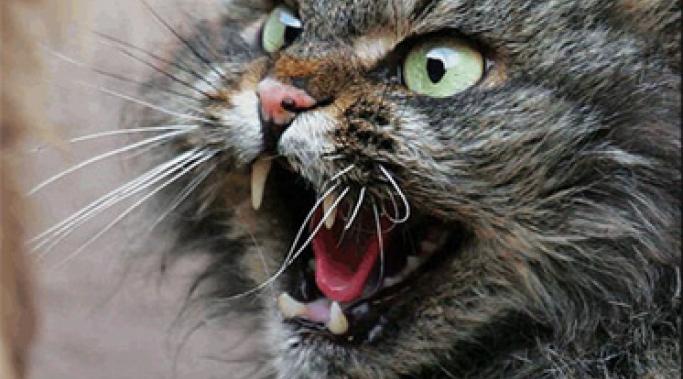Whether you currently self-harm or haven’t hurt yourself in years, visible self-injury scars and marks can still bring forward insecure emotions. Some people may use makeup to cover up marks and many others use bracelets or long sleeves as a safety shield. You become so comfortable hiding your self-harm that when you are asked not to wear or do those things, you grow anxious.
It’s completely normal to feel uncomfortable when breaking away from something you’re used to. Routines are made to keep our lives on track, but sometimes it is okay to step off of the line for a moment and change things up.
How about, for one day, you don’t hide your marks? That’s definitely changing things up.
Self-Injury Scars
Self-harm scars can terrify people who don't understand self-injury. Self-harm scars can cause a million thoughts to run through their brains. Judgments and assumptions are some of those thoughts, and for some who aren’t knowledgeable on self-injury, they may see self-harm scars and instantly believe that the person suffers currently. But that is not always the case.
Growing up, I did not have a TV in my bedroom. Instead of staring at a screen for hours on end, I would climb the tree in the backyard or run around in the woods. I was the geek who would choose to write in a journal, over some movie marathon. Even now, I do not have one in my bedroom, but I do have a few shows that I obsessively follow.
It’s hard not to get hooked on a show if it grabs your attention for some reason or another. However, I’ve noticed that some shows seem to embrace the idea of self-harm without even realizing it. Shows that are set in different eras or in lands of fantasy may cut the skin of others or their own even if it is not for the reason many harm themselves for today.
Self-Harm, Scars and Some Stars
It’s been a while since I read a life-changing book. I mean, a book that keeps your mind going throughout the day and your emotions on edge. I read The Fault in Our Stars , by John Green, in less than two days and even though I’m a writer, I’m not a quick reader.
The book is about two teenagers with cancer who meet at a cancer support group and, you guessed it, begin talking. It may sound cliché, but the story is one that must be read. Even though I am a cancer survivor, you don’t have to have the disease to be able to relate to the idea of pain.
It may be different than self-injury pain, but it is pain all the same.
Recently I spoke to a few Special Education classes about my book Noon. Whenever I speak about the book and the topics within it, I always ask if the students know what the many forms of self-harm are. I hear the usual cutting and burning, but almost always I hear someone say anorexia and bulimia.
Many people tend to forget that other addictions can be related to self-harm. I focus more on the emotional and physical aspects of self-harm, but eating disorders and drugs are also in the realm.
It has always been difficult to face my fears and discuss my self-harm with loved ones. Even after five years without an intentional mark, I still fear opening up to family members and friends about it. When speaking to health classes, I find it much easier to bring forward my experiences with self-harm and suicide. However, when it comes to one-on-one conversations, I tend to freeze.
How come it is so difficult to talk to loved ones about our experiences with self-harm?
Since I’ve been having major issues with not being able to fall asleep lately, I’ve been up at night browsing the Internet more than usual. My nightly routine has been as follows: write, push dog off keyboard, look at Facebook, write, look at Pinterest, push dog off keyboard and write a little bit more.
During those in-between moments, I started remembering how dangerous the web used to be during my days of self-harm. You can find anything on there. You can find pictures that trigger self-injurious behaviors and websites that support those behaviors.
There are websites that support stopping self-harm – such as healthyplace.com. However, do those websites overpower the negative ones for those who are curious self-harmers?
Over the past couple of weeks, I’ve realized something very important. We’ve been told this over and over and even though I’ve heard it and attempted spread the word, just recently have I begun to listen. Especially during rough times, it’s crucial to keep a positive head on your shoulders.
It’s important to be comfortable with who are and the skin you’re wearing.
All self-harmers know that they are professionals when it comes to lying about self-injury scars (Explaining Self-Injury Scars to Others). The first time I made up a story was when a student asked me about the cut on my forearm before Chorale practice. I rolled my eyes and told her a story about how I’d tried to balance my cat on my arm and it hadn’t worked out too well. After that lie had been said, I remembered how she’d been around my cats before and she may have realized they had been de-clawed.
When you see a person who self-injures, it's important to speak up.
Let me share a story with you. I volunteer for a camp called Camp Good Days and Special Times. I know I’ve brought this up in my past blogs, but for those who don’t know – Camp Good Days is a camp for children and families touched by cancer. I started volunteering for this camp when I was sixteen, during my difficult years. This place was one of the reasons I stopped cutting myself. Seeing children suffering through the disease I survived made me realize I had a reason to be happy and help them.
However, there was one camper who really stood out in my memory. Not just because of her cancer, but because of her arms.
